Pam Knox
-
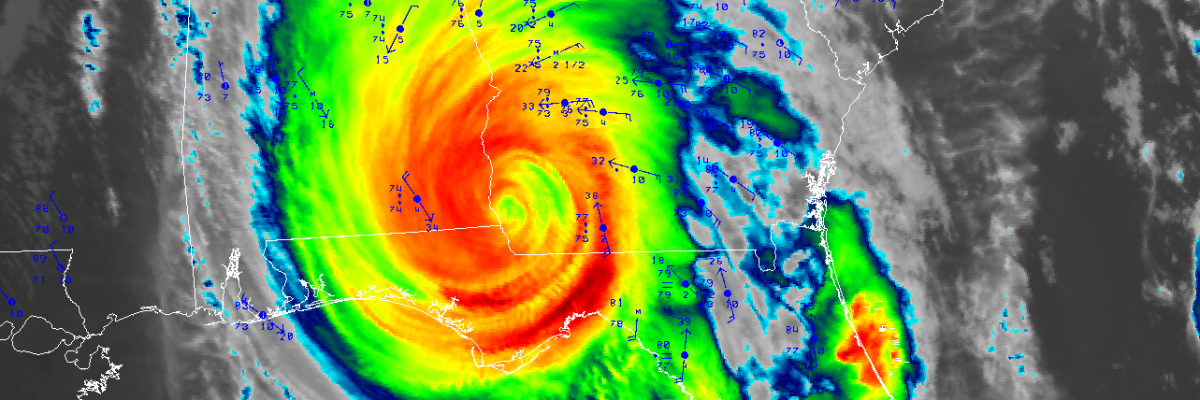
Since it is almost the end of the 2010’s, there have been several stories come out which list the top ten weather disasters of the last ten years. The Weather Channel‘s list is here. Note that none of the many droughts that occurred in this time period made the list except in connection to the…
Posted in: Climate and Ag in the news -
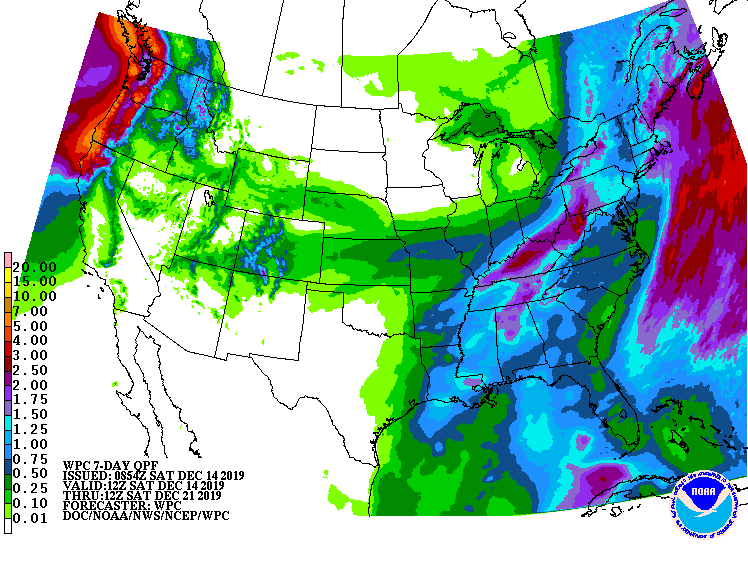
Now that the current rain-making system is mostly out of the region, we should see a couple of days of dry weather before the next system moves in on Monday night. Parts of the region could see a chance of severe weather, so watch for updates from the National Weather Service or your local media…
Posted in: Climate outlooks -

The Southeast Farm Press discussed the take-over of the top production spot for pecans by Mexico this year in an article here. The loss is due in large part to the destruction of 27 percent of Georgia’s pecan orchards due to Hurricane Michael. Some additional production has started in the southwestern US and California but…
-
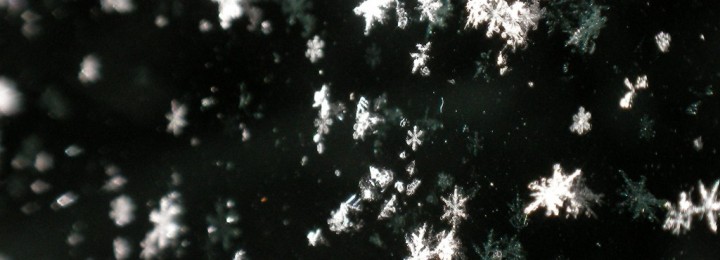
While snow is not currently on the forecast map for Georgia and the rest of the Southeast, it is likely that some of us will see snow this winter, especially since neutral winters tend to have lots of ups and downs. If you like to measure snow or wonder about the accuracy of historical snow…
-
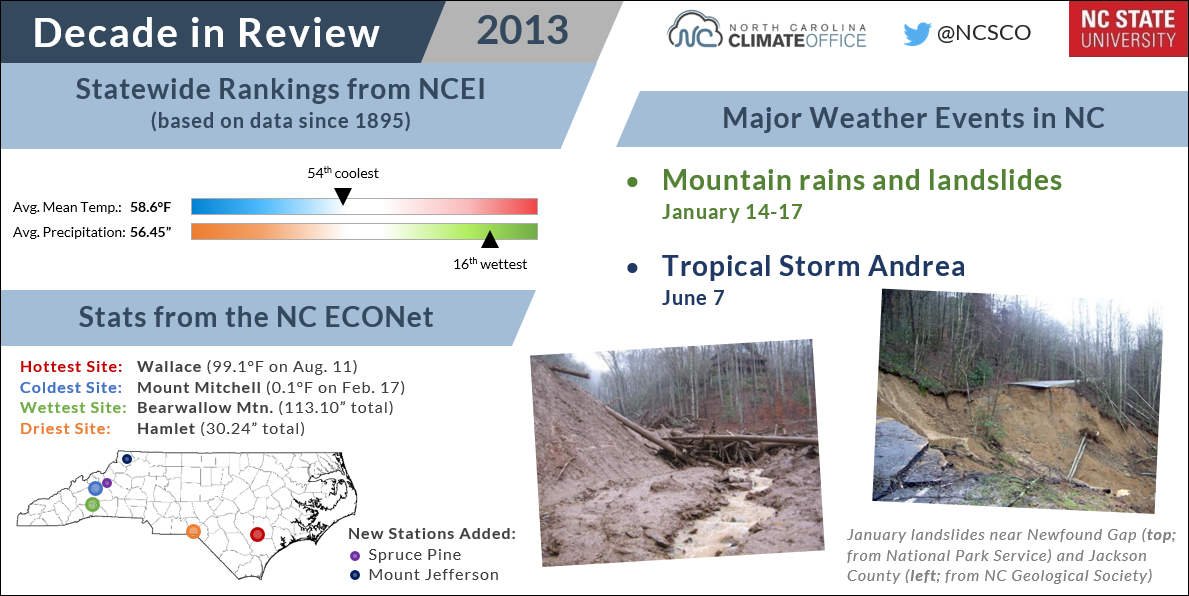
The latest installment of the North Carolina Climate Office’s review of the last decade of weather and climate is now available at https://climate.ncsu.edu/climateblog?id=307#2013.
-
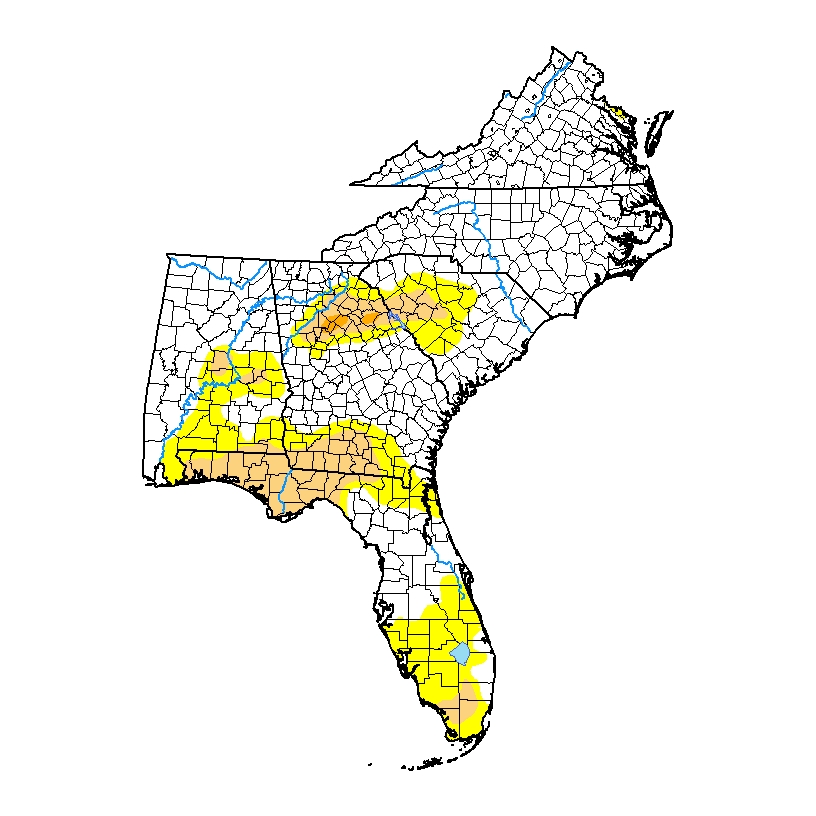
The latest Drought Monitor, released this morning, shows that there were slight expansions in moderate drought in Alabama and Florida but very little change in the rest of the region. With ample rain expected in most of the Southeast this week other than the Florida peninsula, we could see further reductions on next week’s map.
Posted in: Drought -
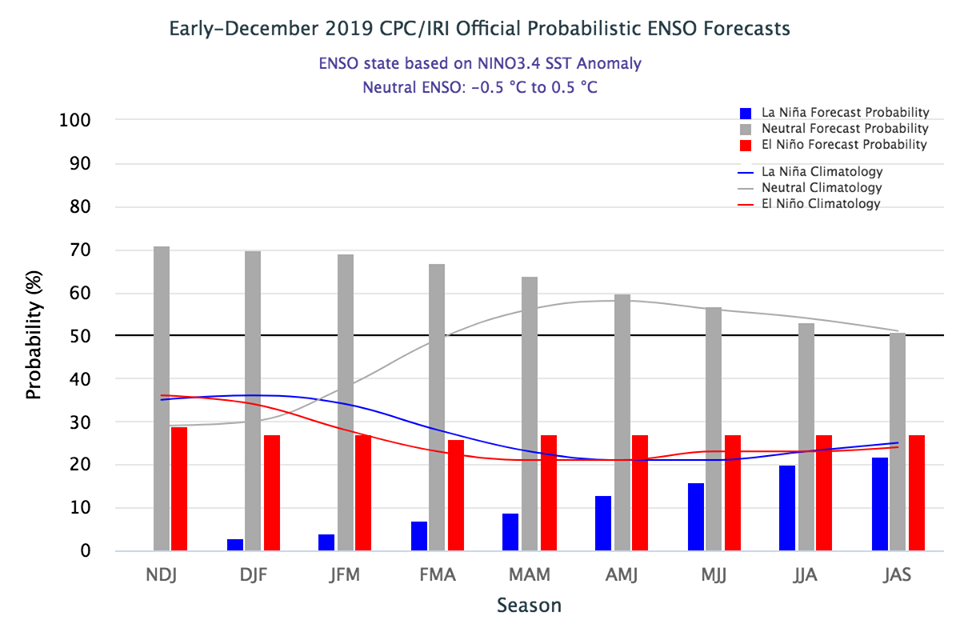
The latest outlook for El Niño was released this morning by NOAA. It shows that ENSO conditions are currently neutral and are expected to remain so for at least the first half of 2020. In the Southeast neutral winters generally have more swings in temperature between warm and cold episodes because there is less influence…